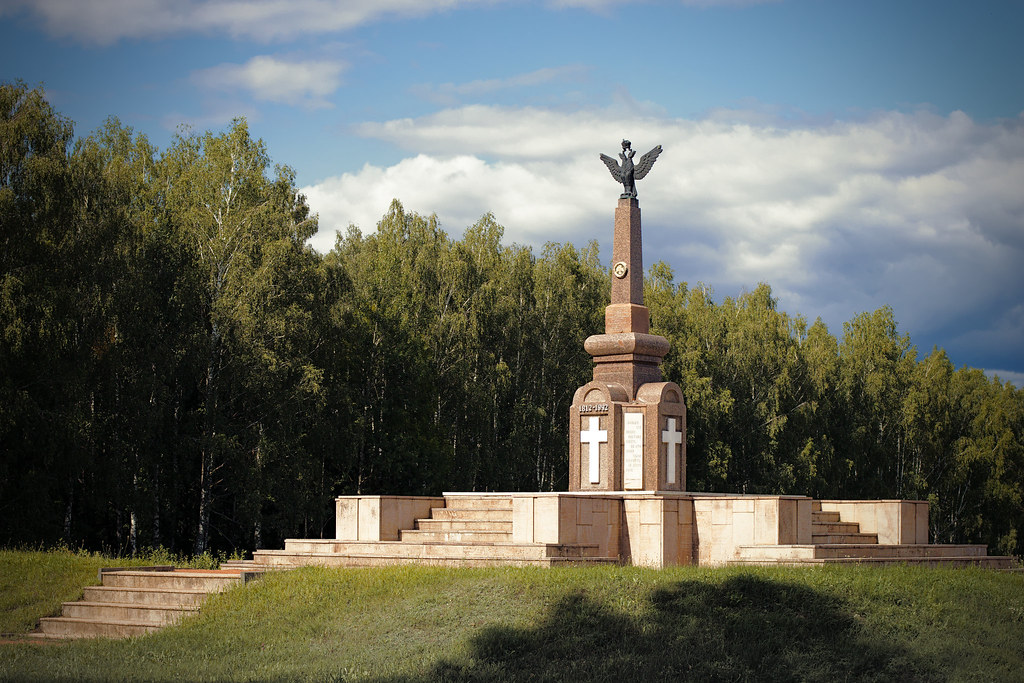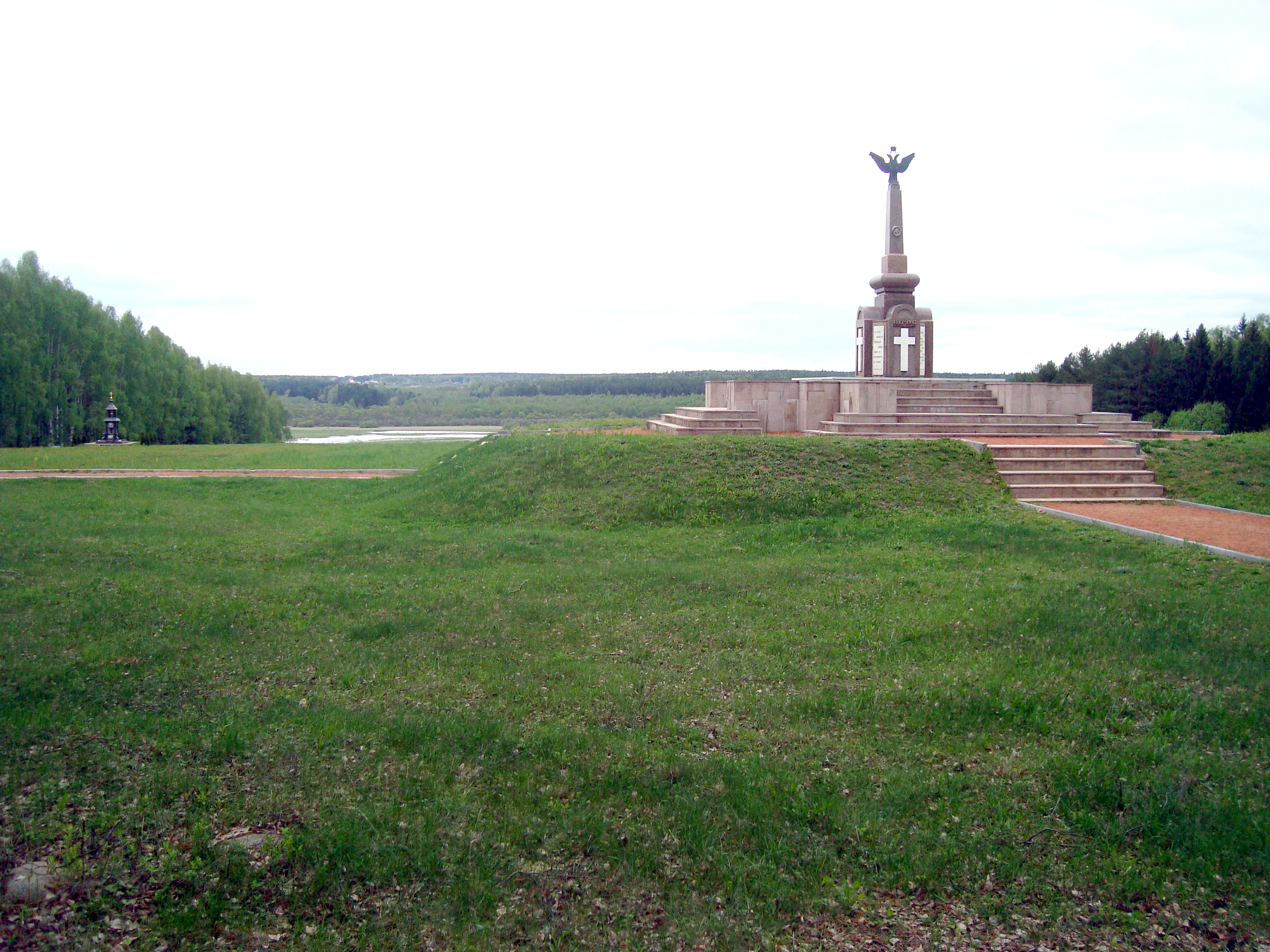
The battle itself took place in November 1812, when Napoleon's army tried to retreat from Russia across the river. It lasted four days. The Russian troops, led by General Peter Wittgenstein, attempted to halt the French advance and destroy the enemy's army. The battle was harsh and bloody. The Russian forces managed to block the movement of Napoleonic soldiers, creating obstacles and bombarding them from the river and shores. The French were forced to break through the defense of the Russian troops and cross the frozen Berezina. Many succumbed to the cold, hunger, and artillery fire, with only a small fraction of the French army managing to successfully cross the river.
Interesting facts associated with this place:
- After tens of thousands of French soldiers lost their lives under the fire of the Russian army in the icy waters of the Berezina, the French language gained the phrase "C'est Bérézina!", the meaning of which indicates a terrible disaster, calamity, total failure.
- Local residents believe that the name of the village Brily is directly connected to Napoleon. The legend says that when the commander lost hope of escaping the Russian troops' trap, he threw his hat, known as "bryl" in Belarusian, into the Berezina in despair. However, historical documents indicate that the first mentions of the Brilev Field date back to the XVI century.
- According to legend, treasures looted by Napoleon in Moscow still lie at the bottom of the Berezina. Historians confirm that the gold taken from Moscow could indeed be buried in Belarusian soil or rest at the bottom of the river.

What does the memorial at Brilev Field consist of?
The complex comprises several monuments:
- An obelisk, erected for the 180th anniversary of the battle. Previously, a memorial sign was located here, established by the soldiers and officers of the Russian Imperial Army for the centenary of the battle, which was later destroyed.
- A concrete monument with a bas-relief depiction of Russian warriors, erected in 1962 in honor of the 150th anniversary of the events.
- A memorial in the form of a bell tower, crowned with an Orthodox cross, created for the two-hundredth anniversary of the battle. Nearby, there is also a granite slab beneath which the remains of an unknown soldier of the Russian army, who lost his life in the battle with Napoleon, are buried.
- A commemorative granite stone laid by the French embassy in memory of the French who died here. Relatives of the French soldiers who perished in 1812 were present during the stone's installation.
At the very beginning of the memorial complex, there is a stand in the shape of the famous Napoleonic tricorn. It contains detailed information about the monuments located here. Each element of the complex is a unique fragment of history that allows visitors to feel the spirit of the time.

The past events are commemorated not only by the memorial itself. Near the village of Studenka, there is a monument with a memorial plaque dedicated to the battle of 1812 and a medallion featuring Napoleon. In the local cemetery, you can find the graves of 400 Napoleonic soldiers, whose remains were found in the territory of the former battles. The burial site comprises several communal graves, above which granite crosses are erected.
Every year, representatives of historical clubs from different countries come to Brilev Field to participate in the reconstruction of the events of 1812. Reenactors from Germany, Poland, Russia, France stage costumed battles, reproduce the line of defense of Russian troops, and simulate the crossing. The reenactment of the battle at Berezina allows the viewer to imagine the scale of military operations, feel the historical atmosphere of the battle, and understand the tragedy of the events of the early 19th century.
To get to Brilev Field from Minsk, you should follow the M3 Minsk-Warsaw highway, then turn onto the R67 road.